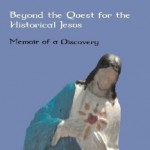 Continuing Thomas Brodie’s Beyond the Quest for the Historical Jesus: Memoir of a Discovery
Continuing Thomas Brodie’s Beyond the Quest for the Historical Jesus: Memoir of a Discovery
This post follows on from my earlier one on Chapter 8 where Brodie is beginning to appreciate the nature of the literary artistry of the biblical books.
Chapter 9
The Third Revolution Deepens: 1992-1995
.
If a Jesus narrative were based on the Elijah-Elisha story (see “That Is An Important Thesis“) one had to ask why. Would not the story of Moses or David have been more appropriate as a model? This question perplexed Brodie until his further studies on Genesis opened up a new awareness of the nature of the biblical literature. But let’s digress a moment to consider an objection that has on some theologian’s blogsites recently been flung at Brodie’s arguments since he has claimed they lead to a “mythicist” conclusion.
Parallelomania: the facts
“Parallelomania” has once again been flung as a dismissive epithet by a number of theologians and religion scholars at Christ myth arguments in general and Thomas Brodie’s arguments in particular, so it is worth taking a moment to revisit the article that introduced the notorious notion of “Parallelomania”. It can be read on this Vridar.org page; I have taken excerpts from it in the following discussion.
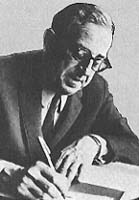
I don’t think James McGrath has ever had the time to read that article that he invites others to read. If he had, he would know that its author (Samuel Sandmel) points out that by “parallelomania” he means plucking passages from the vast array of, say, rabbinical literature or from a work of Philo’s out of their broader contexts and using them (thus decontextualized) to claim they have some direct relevance to similar-sounding passages in the New Testament. That is not what Brodie is doing. Sandmel even explains that the sort of detailed analysis done by Brodie to explore questions of literary indebtedness is indeed justified and is not to be confused with something else that he is addressing.
The key word in my essay is extravagance. I am not denying that literary parallels and literary influence, in the form of source and derivation, exist. I am not seeking to discourage the study of these parallels, but, especially in the case of the Qumran documents, to encourage them. . . . .
An important consideration is the difference between an abstract position on the one hand and the specific application on the other. . . . . it is in the detailed study rather than in the abstract statement that there can emerge persuasive bases for judgment. . . . . The issue for the student is not the abstraction but the specific. Detailed study is the criterion, and the detailed study ought to respect the context and not be limited to juxtaposing mere excerpts. Two passages may sound the same in splendid isolation from their context, but when seen in context reflect difference rather than similarity.
Note the problem with taking excerpts from a corpus of literature and using them as parallels with something else. This results in
confusing a scrutiny of excerpts with a genuine comprehension of the tone, texture, and import of a literature.
In Brodie’s analyses, on the other hand, it is as much the tone, texture, and import of the respective documents that are being analysed as the individual words and phrases.
One of the greatest sins of “parallelomania” is
the excessive piling up of . . . passages. Nowhere else in scholarly literature is quantity so confused for quality . . . . The mere abundance of so-called parallels is its own distortion . . . .
I recently posted chapter 7 of Brodie’s book to demonstrate that Brodie does not make his case by a mere piling up of matching words or ideas. The structure, the theme, the context, the motivation — these are all part of Brodie’s argument.
Finally, the crowning sin of parallelomania is one that I not too long ago identified in the work of historian Michael Grant about Jesus. I’ll first quote Sandmel:
On the one hand, they quote the rabbinic literature endlessly to clarify the NT. Yet even where Jesus and the rabbis seem to say identically the same thing, Strack-Billerbeck manage to demonstrate that what Jesus said was finer and better. . . . . Why, I must ask, pile up the alleged parallels, if the end result is to show a forced, artificial, and untenable distinction even within the admitted parallels?
Grant followed many theologians who insist that though the golden rule was known in some form among the rabbis (and in other civilizations), Jesus expressed it better than anyone else.
Sandmel’s article on “parallelomania” is actually an endorsement of the sort of work being done by scholars who work seriously on literary analysis of texts and a warning against the sins found too often among the mainstream scholars. Unfortunately some theologians, McGrath included in his Burial of Jesus, are on record as saying that literary analysis has no place in the work of historical inquiry. On the contrary, without literary analysis the historian has no way of knowing how to interpret literary documents.
It is that very detailed study that Sandmel said is necessary, and the study of the context, both immediate context and the wider cultural context of literary practices of the day, that Brodie is undertaking. He is not plucking passages out of context from disparate sources and making an abstract claim that they can be read as a “parallel” to, and by implication source of, what we read in the gospels. (Such “extravagance” is the characteristic fault of “astrotheology”, but not of the scholarly work of Brodie and MacDonald.)
This is not the same as saying that MacDonald’s and Brodie’s arguments are necessarily correct. They still need to be studied and engaged with. There may be alternative explanations for some of the data they have addressed and believe points to literary borrowing. But it is not particularly scholarly to simply reject an argument one does not like by dismissing it with a pejorative label.

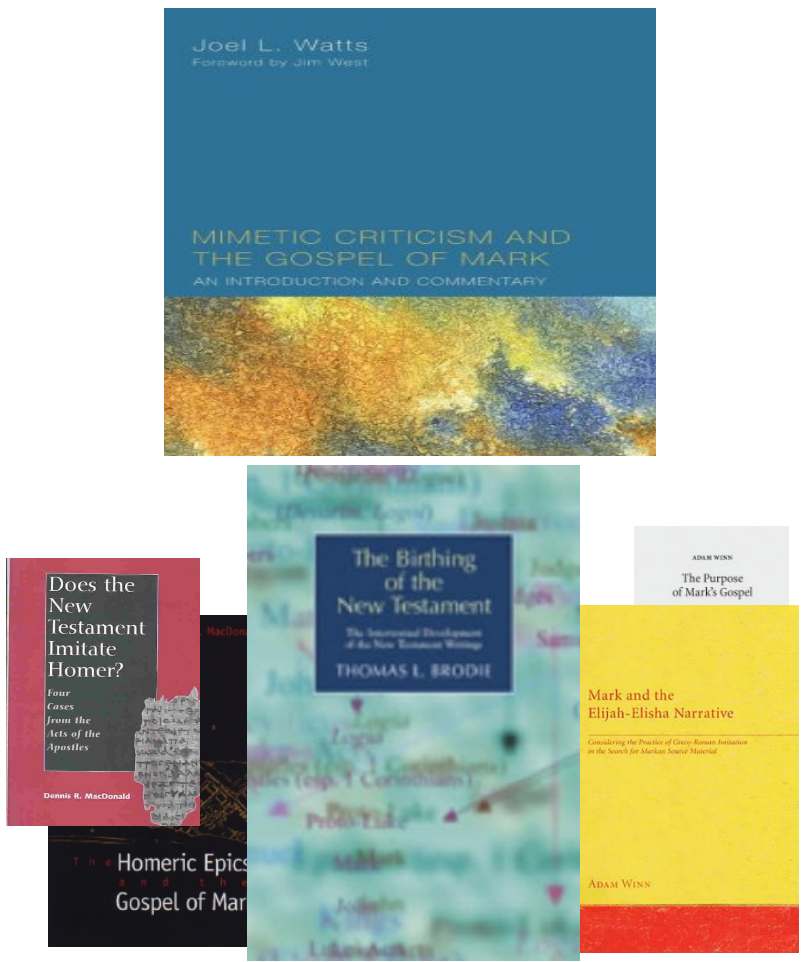
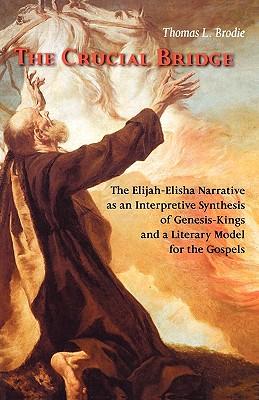
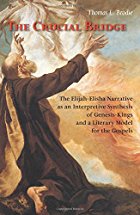 Thomas L. Brodie presents an argument that the Gospel of Mark was in its basic outline, plot and structure based on the Elijah-Elisha narrative in the Old Testament. I am not quite sure what to make of his case at times, but cannot deny its interest. I have no problem accepting that Mark used some of the miracle stories from Elijah and Elisha as templates for his Jesus miracles, but Brodie goes much further than this. His book is
Thomas L. Brodie presents an argument that the Gospel of Mark was in its basic outline, plot and structure based on the Elijah-Elisha narrative in the Old Testament. I am not quite sure what to make of his case at times, but cannot deny its interest. I have no problem accepting that Mark used some of the miracle stories from Elijah and Elisha as templates for his Jesus miracles, but Brodie goes much further than this. His book is